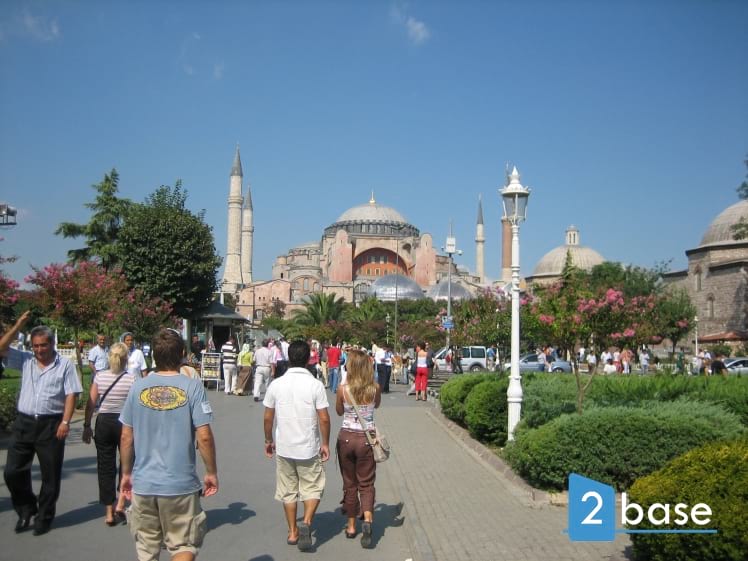Because of its situation at the mouth of the Bosphorus, the city has always been very attractive to potential conquerors. One of those who succeeded with his conquest of Constantinople was the Ottoman Sultan Mehmet II in 1453. He changed the city name to
Istanbul is the connecting link between Europe and Asia. This comes quite naturally, as the city is geographically situated with one foot in each continent. The Bosphorus provides the natural division of the two continents. The history of Istanbul goes back to the year of 324AD when the Roman Empire was splitting up and Constantine settled on the city as the capital for his new East Roman Empire. At this time the city was called Byzantium but it was later changed to Constantinople.
Because of its situation at the mouth of the Bosphorus, the city has always been very attractive to potential conquerors. One of those who succeeded with his conquest of Constantinople was the Ottoman Sultan Mehmet II in 1453. He changed the city name to Istanbul which means The City of Islam.
Istanbul was the capital of the Ottoman Empire until its fall in 1923.
The city has slowly increased in size and, when urbanisation was at its height in the 70's, thousands of people daily moved to Istanbul. This of course has resulted in many problems. The main one being the gesekondos which are illegal buildings constructed in a day or overnight. Because of rules and regulations, the authorities are not allowed to remove these primitive constructions without permission and this can take a long time to obtain.
This has given the city huge infrastructural problems, especially with regard to sewage and electricity. Air pollution is aslo a growing problem in Istanbul. The pollution is caused mainly by the burning of charcoal for heating and too many vehicles.
The sights in Istanbul are many and various with each one more amazing than the next. Below are just a few of the best places worth visiting:
Hagia Sofia: The Byzantinium church which was rebuilt in 415AD and later rededicated in 536AD. After the conquest of the city by Sultan Mehmet II, the church became a mosque. Today it is a museum.
The Blue Mosque/The Sultan Ahmet Mosque: One of the world's largest mosques with six minarets. It was built by Mehmet Aga a student of the renowned architect Sinan.
Topkapi Palace: All the Sultans lived here until the fall of the Ottoman Empire. It is now Turkey's largest and most famous museum.
The Grand Covered Bazaar (Kapali Carsi): Here you will find absolutely everything between earth and heaven and maybe a little bit more. It is one of the world's largest and best known bazaar areas.


